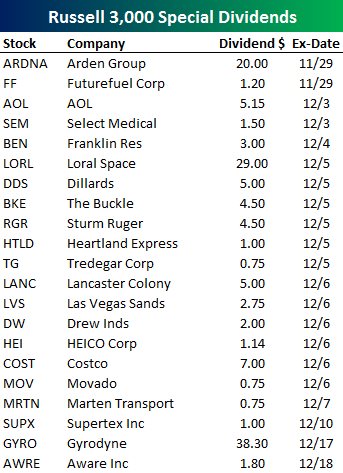Right now emerging markets are about as popular with investors as the jello salad grandma brings for Thanksgiving every year but no one ever touches.
The S&P 500 index is up about 29% so far this year while the iShares MSCI Emerging Markets ETF (EEM) is down nearly 5%.
iShares MSCI Emerging Markets ETF (EEM) vs. S&P 500 (SPX) — Percentage change
Portfolio diversification didn’t really seem to pay off this year, since bonds, real estate, commodities and emerging markets all underperformed the S&P 500. Of course, diversifying across asset classes is a proven long-term strategy for lowering overall portfolio volatility. And not every year is going to look like 2013 with U.S. large-cap stocks as measured by the S&P 500 trumping most other asset classes.
Therefore, it could be a mistake to give up on emerging markets just because they were beat up this year.
“Emerging market valuations are more attractive now than U.S. stocks,” said Rick Dworaczyk, the chief financial officer at Foresight Financial who also manages the Lower Volatility Returns portfolio on Covestor.
In mid-November, the MSCI Emerging Markets Index was trading at a price-to-earnings ratio of 11.2 times 2013 projected earnings, versus 16.4 for the the S&P 500.
Dworaczyk currently has exposure to a pair of emerging markets in the Lower Volatility Returns portfolio through iShares MSCI South Korea Capped ETF (EWY) and iShares MSCI South Africa ETF (EZA).
“I want to buy emerging markets when they’re ‘on sale’ versus developed markets like the U.S.,” the portfolio manager said. “Also, emerging markets have higher economic growth rates than developed.”
Still, emerging markets are known for being more volatile than stocks of developed economies. Emerging markets can also take bigger losses in global sell-offs such as the 2008 financial crisis.
The iShares MSCI Emerging Markets ETF has a 10-year standard deviation of 23.7, compared with 14.7 for the S&P 500. Standard deviation is a measure of volatility. The higher number means that the emerging markets fund tended to jump around a lot more in price than the S&P 500 over the past decade.
Another potential risk for emerging markets is that the Federal Reserve begins tapering its quantitative easing. Emerging markets tend to rely on foreign investment, so tighter credit markets and higher interest rates are potential headwinds.
Dworaczyk thinks long-term investors could be rewarded for the extra risk of emerging markets if they plan on holding for at least three to five years. Emerging markets can also diversify a portfolio of U.S. stocks because they tend not to move in lockstep with the S&P 500, he added.
“About two years ago in 2011 a lot of Wall Street analysts were high on emerging markets and recommending them to investors. Everyone was excited about emerging markets after several years of outperforming developed,” Dworaczyk said. “Now, emerging markets are unpopular after their relatively poor performance. Valuations are lower, so it could be a better entry point for investors.”
Photo credit: Hoks
The investments discussed are held in clients accounts as of November 15, 2013. These investments may or may not be currently held in client accounts. The reader should not assume that any investments identified were or will be profitable or that any investment recommendations or investment decisions we make in the future will be profitable.



![Victor Niederhoffer after he lost everything in the 1997 Asian Crisis [video]](/content/default.jpg)


